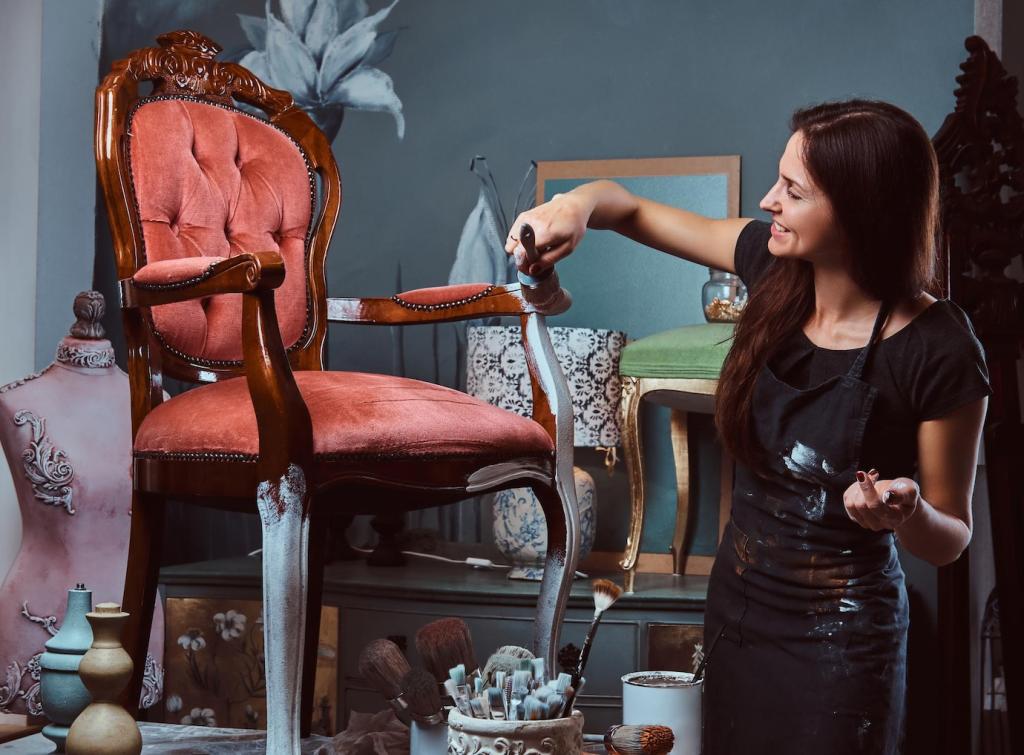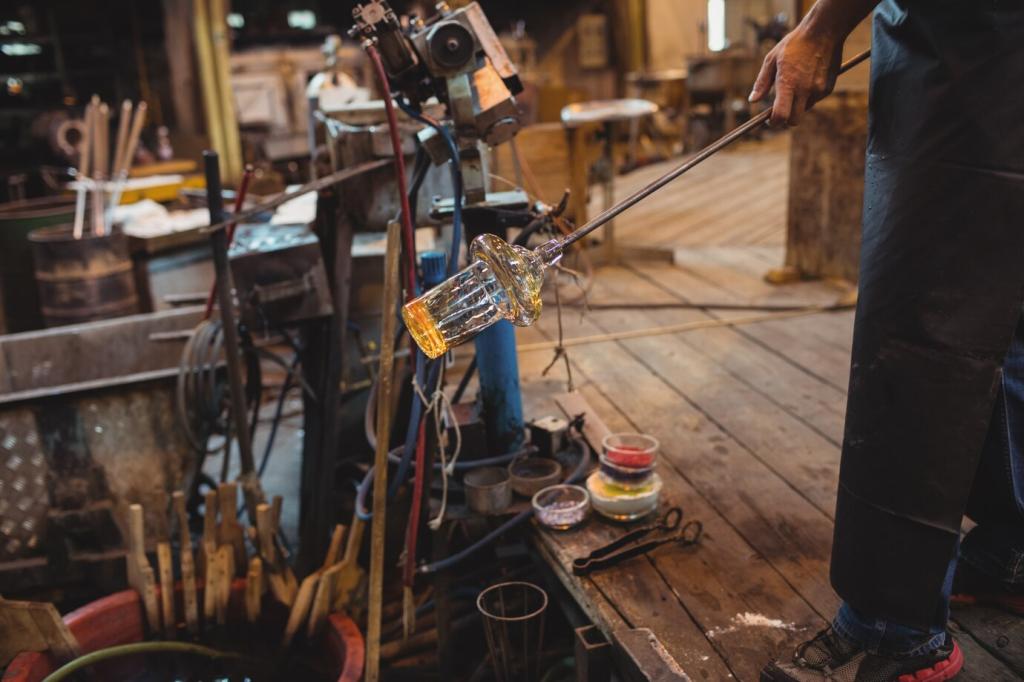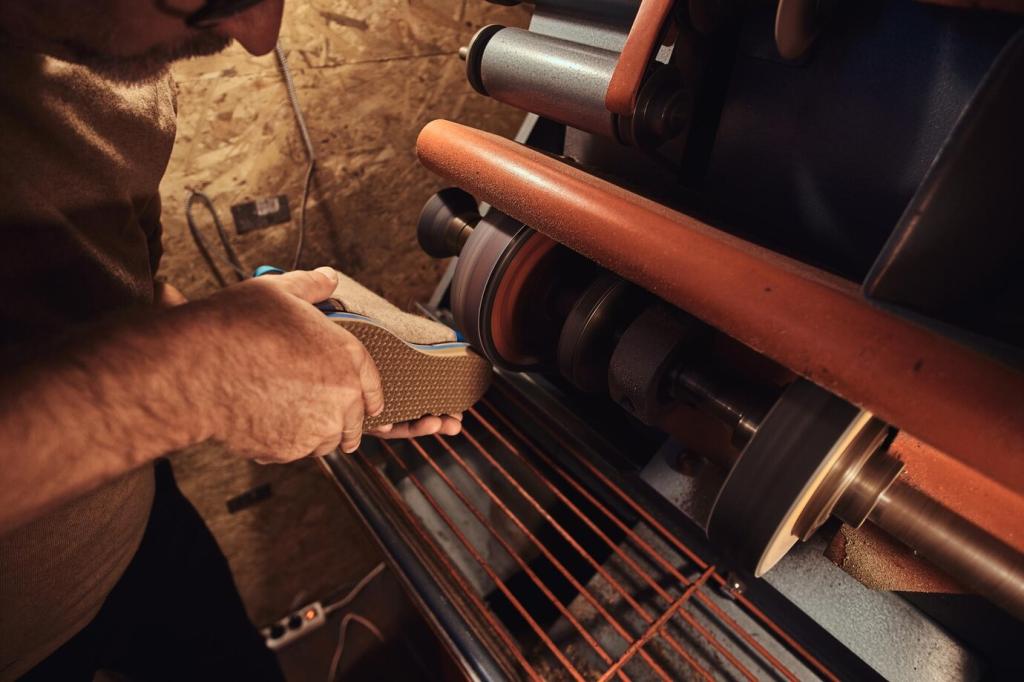Choosing the Right Polish for Antique Surfaces
Today’s chosen theme is “Choosing the Right Polish for Antique Surfaces.” From wood with centuries of glow to delicate lacquer and timeworn brass, we’ll help you protect character, not erase it. Join the conversation, ask questions, and subscribe for practical guidance rooted in respect for history.

Understanding Patina and Original Finishes
What patina really is
Patina is the gentle sheen, softened edges, and subtle color shifts created by time, touch, and environment. It isn’t dirt to be scrubbed away, but the soul of an antique. The right polish respects this history, brightening gently without stripping the narrative embedded in the surface.
How to identify the finish quickly
Learn simple, discreet tests. A tiny drop of alcohol softens shellac; lacquer thinner affects lacquer; wax often leaves a faint drag and sweet scent. Always test on a hidden spot, document what you observe, and share your findings with our community to compare notes and avoid costly guesswork.
When to polish—and when not to
Sometimes the best polish is restraint. Museums often favor dusting with a soft brush and microfibers over aggressive shine. If a surface is stable and beautiful, maintain rather than transform. Tell us about a time you decided not to polish—and how that choice preserved character others admired.
Choosing the right wax
For most cared-for wooden antiques, a silicone-free microcrystalline or beeswax-and-carnauba blend offers subtle sheen and protective barrier. Microcrystalline wax resists fingerprinting and temperature changes; beeswax adds warmth. Apply sparingly, buff gently, and avoid wax build-up in open-grain woods like oak, where residue can cloud the pores over time.
Oil considerations
True drying oils, like polymerized tung, cure into a protective film but may darken wood and deepen grain—sometimes beautifully, sometimes too much. Avoid scented “furniture oils” that are mostly mineral oil, which never truly cures. Always test, watch for color shift, and remember oil-soaked rags can self-ignite—store them safely.
French polishing and subtle touch-ups
Shellac, applied by padding in ultra-thin layers, revives depth without smothering age. It is reversible, elegant, and respectful when used sparingly. For small white rings or fine scratches, a careful shellac touch-up may be ideal. Share your before-and-after stories; others can learn from your patient, light-handed approach.

Metals: Brass, Bronze, Silver, and Iron
Use non-silicone, non-ammonia polishes and the lightest touch. Precipitated calcium carbonate mixed with water forms a mild paste suitable for many metals. Avoid harsh dips that strip detail and gilding. Silver wants a silver-specific polish; gilt bronze dislikes ammonia. Always test slowly, watch carefully, and stop the moment original color emerges.


Metals: Brass, Bronze, Silver, and Iron
After an appropriate clean, apply a thin layer of microcrystalline wax to slow tarnish and fingerprints. It is stable, moisture-resistant, and reversible—key for antiques. Buff to a gentle glow, not a mirror blaze. Skip spray lacquers unless you’re certain of reversibility and historical appropriateness for the specific metal surface.
Stone, Ceramic, and Glass Surfaces
01
Avoid acids at all costs—lemon, vinegar, and many bathroom cleaners permanently etch calcite. Use pH-neutral cleaners, distilled water, and a soft cloth. For professional polishing, tin oxide is traditional but advanced. A microcrystalline wax can add gentle depth on some marble. Tell us your marble wins—and the mistakes you learned from.
02
Glazed surfaces demand non-abrasive cleaners and soft cloths. Avoid whitening toothpaste and powdered scrubs that scratch gloss. For stubborn residues, use a cotton swab with a tiny amount of mild cleaner, working patiently. Never chase shine into hairline cracks; moisture can worsen crazing. Share photos of delicate pieces you gently revived.
03
Antique glass often includes bubbles and waves worth preserving. Avoid silicone sprays that leave hard-to-remove films. On silvered mirrors, keep ammonia away from the backing edges. Try distilled water with a drop of alcohol, minimal pressure, and a goat-hair brush for dust. Comment with your safest glass routine and go-to tools.
Leather surfaces on trunks and chairs
Use a pH-balanced leather conditioner sparingly, allowing time to absorb before buffing. Heavy oils like neatsfoot or mink can darken and weaken stitching. Keep sunlight and heat low, and avoid waxy build-up that cracks with flexing. What conditioner revived your old club chair? Share your cautious success and product notes.
Asian lacquer and urushi
Historic lacquer is exquisitely sensitive to solvents and abrasives. Dust only with a super-soft cloth, and consider a whisper-thin microcrystalline wax on fully stable surfaces if a conservator approves. Never use alcohol. If you have lacquer heirlooms, ask questions below; our readers include careful collectors with time-tested routines.
Modern varnish over old wood
Some antiques were later coated with polyurethane or modern varnish. Avoid silicone polishes that contaminate future repairs and cause fisheye. Choose gentle, water-based cleaners, then a thin wax if appropriate. If whitening occurs, stop and reassess. Tell us about finishes you’ve identified and how you adapted your polishing strategy.
Tools, Tests, and Safe Habits for Polishing
Keep cotton swabs, masking tape for boundaries, and a bright light handy. Test in hidden places, log results, and photograph before-and-after. Label products with dates and ingredients. Over time, your notes become a personalized guide, helping you select the right polish confidently and avoid repeating hard-earned lessons.
Wear nitrile gloves, ventilate generously, and respect solvents. Drying oils can cause spontaneous combustion in rags—store used cloths in a metal container with water, then dispose safely. Share your workshop safety tips below; together we can protect both heirlooms and the hands that care for them.
Stock microfiber cloths, goat-hair brush, silicone-free microcrystalline wax, precipitated calcium carbonate, distilled water, alcohol for shellac tests, cotton swabs, and painter’s tape. Keep ingredients lists and instructions. If this checklist helps, subscribe for deeper tutorials, product comparisons, and community Q&A focused on choosing the right polish every time.

